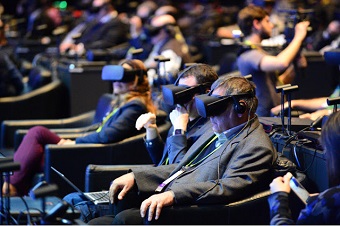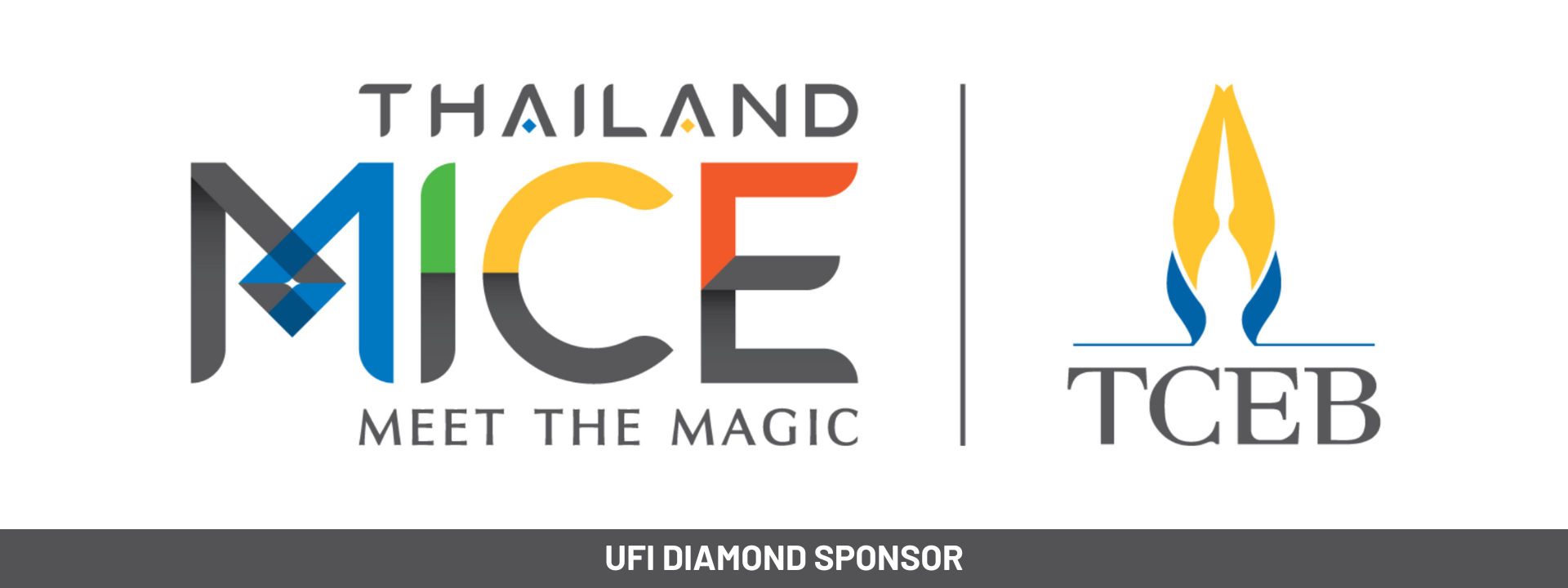
Antony Reeve-Crook, Director, ArciMedia.
Happy new year to you all and may your 2019 be equally as newsworthy a year as 2018 was. Some big deals went public in the closing weeks which is both aspirational and reassuring for those in the industry hoping to follow in their footsteps. It appears that buyer confidence is high and the clever money is on us all witnessing more industry-shaping private-equity acquisitions before the fireworks bring this year to a close.
However, we also witnessed some major show collapses in 2018 and as surely as we can be bathe in the triumph of companies such as CloserStill Media (sold to Providence for £340m (US$431m) on 19 December) we must also address the concerns of exhibitors questioning the role of trade shows in catering for an audience that is evolving far quicker than we are.
According to the recent UFI & Explori Global Visitor Insights Study, which used multinational data from more than 13,000 trade show visitors, audiences are bored by the traditional trade show model. A quarter of American visitors said the events they attend are actually getting worse. They want events that are less sales-led, more engaging. In UFI CEO Kai Hattendorf’s words, “the ability to source new ideas and solutions is most closely correlated with overall visitor satisfaction”.
To counter this disinterest, exhibitors want more creative brand engagement solutions from organisers. Look at the preamble that led to the cancellation of Cebit and Interbike, and the withdrawal of Swatch Group’s 19 brands from Baselworld, all of which saw lead exhibitors ask the show director to be more inventive, to provide means of engaging their audience that couldn’t be measured in square feet. It’s the reason why suppliers such as Freeman and GES are evolving into full-blown experience specialists.
The model hasn’t changed, but the audience has. So how can we go about accommodating them? I have been covering this industry’s successes and failures for a decade now, and the more I try and predict how events will adapt in the next three years, the more I am drawn to the fact that we should be looking at how the publishing industry overcame its own sea change.
Many of the world’s leading trade show organisers grew from multinational business publishers. It wasn’t a big leap for companies such as United Business Media (UBM) or the Daily Mail Group (DMG Events) to gather their advertisers and place them in a large room instead, with exhibition stands and sponsorship taking the place of adverts, buyers taking the place of readers. Publications with an overseas presence had an open door to replicate these events using their little black book for that region too.
When print revenues slipped into seemingly unarrestable decline as the readership moved online and advertisers sought to reach them there instead, companies presumed the medium in which their adverts were printed would simply switch from ink to binary.
But it didn’t. Instead a backlash against advertising and soliciting emerged and rapidly went into full swing. Adverts could be dodged, windows closed. Browsers subverted the model by halting pop-ups, allowing ad-blockers to conceal adverts destined for a third of potential customers using personal computers or smartphones, as they sought to improve the user experience in a manner that had not previously existed. According to a 2018 report by eMarketer, 32% of users in Germany, 28.7% in France, 25.2% in the US and 22% in the UK enabled ad-blocking technology this year.
The problem for advertisers bound by tradition is that when the well ran dry, they quickly found themselves seeking a drink elsewhere, and before long they arrived at the fresh water river of editorial.
The role of a good publisher, is to keep these two apart. I’m not prone to making analogies, but here’s a good one. Advertisers don’t belong at this river; they muddy the water. Muddied water sends silt downstream, and when this deposit eventually reaches the surface, the river will cease to flow; it soon becomes stagnant and drinkers leave in search of fresh water elsewhere.
In trade shows, this is the inexorable result of what we like to call pay-to-play, and it’s something we can’t afford to do, not if audiences are increasingly depending on our events for education, inspiration, perhaps even accreditation. Events are evolving, enriching, but to pass off advertising as bonafide content is to deceive the very community that you claim to serve. And if it’s not good enough for successful publishers, then it’s not good enough for successful organisers. If a speaker stands onstage and spouts slogans, or a workshop directs participants to hand over their emails, this discredits and devalues our events.
Of course, this is taking a rather naïve stance. Subterfuge is clearly a solution. While an advertiser cannot rightly authorise the content, they can request exposure in exchange for a parallel, bountiful, advertising campaign. But how long can this fast-buck culture last? Not long, if you’re paying attention to the headlines. Exhibitors want better solutions than this. Have we forgotten our roots in business publishing, the desire to provide a community with engaging, genuinely informative content?
PART TWO HERE







I’m a bit surprised about the alleged “cancellation of Baselworld”!? Did I miss something?
Thanks for pointing that out Oliver, should say Interbike. Thanks for reading and best wishes.
Thanks for pointing that out Oliver, should say Interbike. Will make amends and thanks for reading.